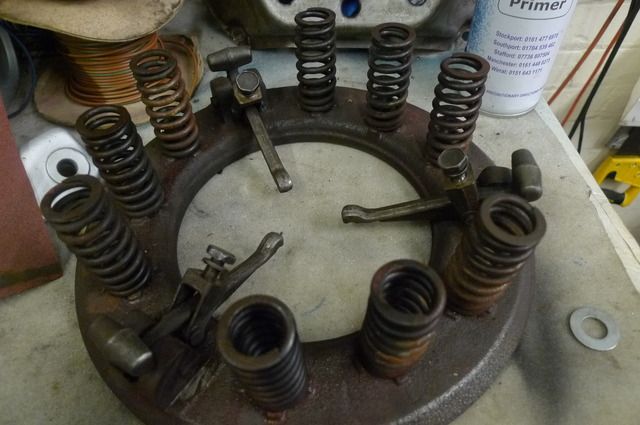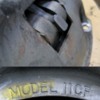A fellow rebuilding friend of mine has used such a clutch in his car albeit for a short while without the problems that are suggested in the article. I am NOT a Pantera expert and have still much to learn, but would be very interested in the experiences of others in this instance.
Here is a pic of the pressure plate in question which I have taken to bits as one of the fingers appeared out of line with the other 2.



